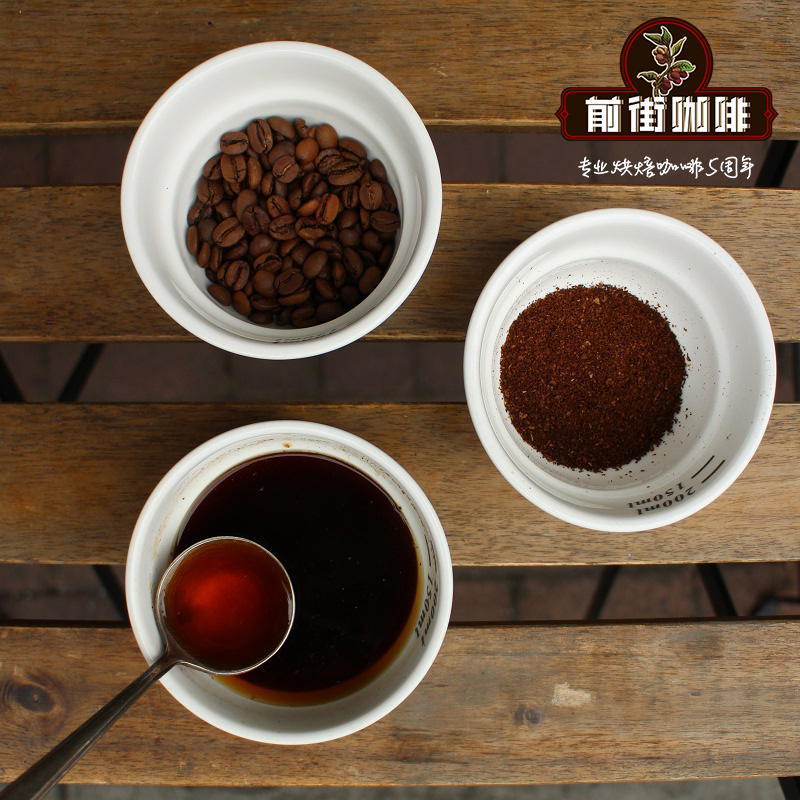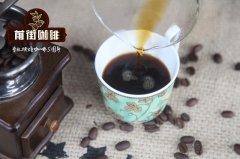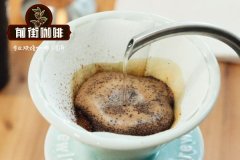Guji producing area of Ethiopia | Solar treatment of native species of Dasaya Tasha / Zifengling G1

Professional coffee knowledge exchange more coffee bean information please follow the coffee workshop (Wechat official account cafe_style)
Guji producing area of Ethiopia | what is the flavor of native species of Dasaya Tasha / Zifengling G1 after sun treatment?
The original text of Dasaya in Ethiopia is Dawala Samayawi, which means purple wind chimes! Beans, like its name, are constantly reminiscent of purple and blue fruits, full of pink and purple sweet bubbles. The rich, sweet aromas of blueberries, grapes and other fruits are juicy, the flowers of violets are intoxicating, and the cool wind chimes with lavender aromas at the end add freshness to this ebullient sun work.
The administrative region of Ethiopia is divided into four grades, the order from big to small is Region, Zone, woreda and kebele. Most of the names of raw coffee beans follow this rule. Guji-Shaquiso, which is located in the southeast of Yejia Sheffield, a well-known producing area, belongs to Oromia Region → Guji Zone → Shakisso woreda, belonging to the regional source of coffee beans.
Just like Yejia Xuefei became well-known after becoming famous, so it became an independent producing area. Guji became an independent production area by ECX in 2010 because of its superior geographical location and cup flavor. Shakisso (sometimes translated as Shakiso) is the most attractive micro-producing area in the Guji producing area, which is located in the southeast of Yejia Shifei, with an average altitude of more than 1800 meters, fertile black soil (Vertisol), and a significant temperature difference between day and night, so that the local has all kinds of local conditions to produce high-quality boutique coffee. Almost all the sources of local coffee production belong to the form of individual small farmers. At the arrival of the production season, the ripe red transparent berries from their neighbors are picked and sent to the treatment plant, and placed on a well-ventilated African scaffolding to control the temperature and fermentation degree. After the pulp is removed, the water content is reduced to between 11.5% and 12%. When the post-processing and static operation are completed, the export is done through the competitive bidding system of the ECX Ethiopia Commodity Exchange. Local exporters or international buyers follow this system to find their favorite raw coffee beans.
In recent years, the most eye-catching producing area in Ethiopia is Yejia Sheffield. Guji-Shakisuo is less well-known than Yejia Sheffield, but under the trend of soaring overall prices in 2015, international boutique buyers are looking for other neighboring producing areas, such as Sidamo, Limu, Jimma … Wait, wait,
Guji-Shaquiso coffee is actually quite unique, and the coffee produced has also repeatedly attracted market attention. Ninty Plus launched the legendary bean Nekisse at the end of 2009, which originally means "nectar from Shaquiso" (Nectar from Shakisso). The origin and naming come from Shakisso. Another Level Up-produced Derar Ela, which is also produced in Shaquiso, was repeatedly praised by Taiwan businessmen last year, and won an excellent score of 95 Coffee Review points in April 2014. 、
Country Ethiopia (Ethiopia)
Producing area Oromia Region
Guji (Guji Zone)
Shaquiso (Shakisso Woreda)
1900-2100 meters above sea level
Variety Ethiopia Guyou Variety (Heirloom)
The annual rainfall is about 1500-2000 mm
Treatment method African scaffolding sun treatment
Glass test: dry aroma is a strong aroma of berries and wine, sipping with strong strawberries, blueberries with violets, passion fruit, peach and grape juice in the middle and back, and a cool lavender finish. Smooth taste and full juicy flavor are recommended.
Qianjie recommended cooking:
Filter cup: Hario V60
Water temperature: 90 degrees
Degree of grinding: small Fuji 3.5
Cooking methods: the ratio of water to powder is 1:15, 15g powder, the first injection of 25g water, 25 s steaming, the second injection to 120g water cut off, waiting for the powder bed water to half and then water injection, slow water injection until 225g water, extraction time about 2:00
Analysis: using three-stage brewing to clarify the flavor of the front, middle and back of the coffee. Because V60 has many ribs and the drainage speed is fast, it can prolong the extraction time when the water is cut off.
Important Notice :
前街咖啡 FrontStreet Coffee has moved to new addredd:
FrontStreet Coffee Address: 315,Donghua East Road,GuangZhou
Tel:020 38364473
- Prev

Columbia sweet orange FNC how to grind coffee beans by hand _ how can Colombian coffee not be sour
Professional coffee knowledge exchange more coffee bean information please follow the coffee workshop (Wechat official account cafe_style) Cauca Coffee production area is located in Cauca Province, the name comes from the Cauca River, is one of the important boutique coffee producing areas in Colombia. Provincial capital: Popayan population: about 1368000 location: 005854-031904 north latitude 754736-775705 east longitude area: 29308
- Next

Columbia Coca Brisas Coffee Powder how to make coffee by hand? what is the proportion of hand coffee?
Professional coffee knowledge exchange more coffee bean information please follow the coffee workshop (Wechat official account cafe_style) Las Brisas introduces Las Brisas means breeze in Spanish. The area is located on the Colombian plateau that surrounds Tolima and Vera, and between the mountains, there is a breeze blowing from the Rio Blanco River to the coffee fields all the year round.
Related
- Detailed explanation of Jadeite planting Land in Panamanian Jadeite Manor introduction to the grading system of Jadeite competitive bidding, Red bid, Green bid and Rose Summer
- Story of Coffee planting in Brenka region of Costa Rica Stonehenge Manor anaerobic heavy honey treatment of flavor mouth
- What's on the barrel of Blue Mountain Coffee beans?
- Can American coffee also pull flowers? How to use hot American style to pull out a good-looking pattern?
- Can you make a cold extract with coffee beans? What is the right proportion for cold-extracted coffee formula?
- Indonesian PWN Gold Mandrine Coffee Origin Features Flavor How to Chong? Mandolin coffee is American.
- A brief introduction to the flavor characteristics of Brazilian yellow bourbon coffee beans
- What is the effect of different water quality on the flavor of cold-extracted coffee? What kind of water is best for brewing coffee?
- Why do you think of Rose Summer whenever you mention Panamanian coffee?
- Introduction to the characteristics of authentic blue mountain coffee bean producing areas? What is the CIB Coffee Authority in Jamaica?

